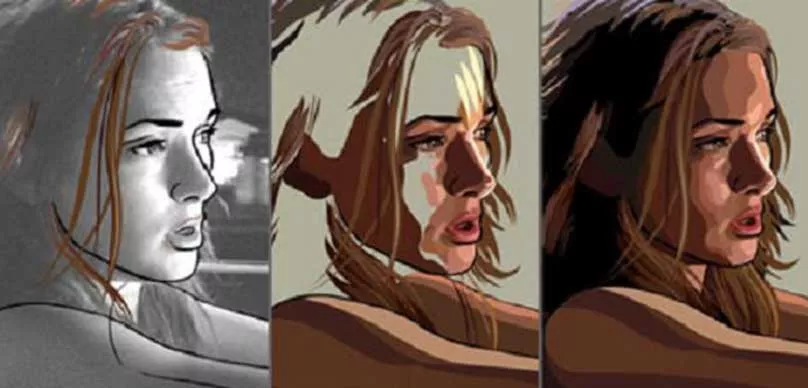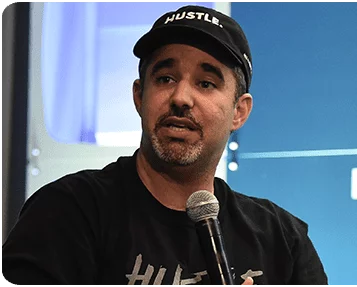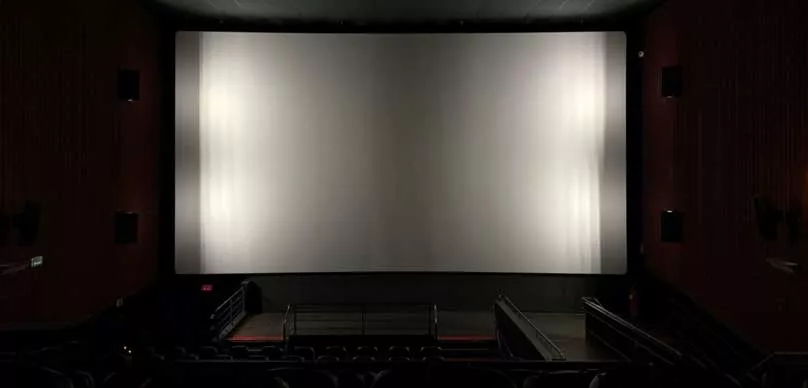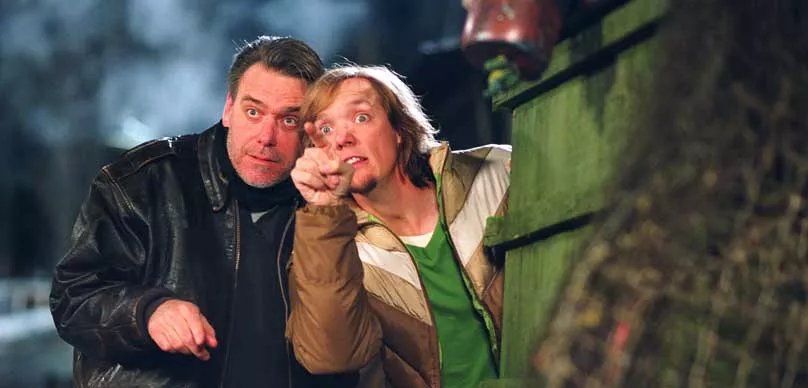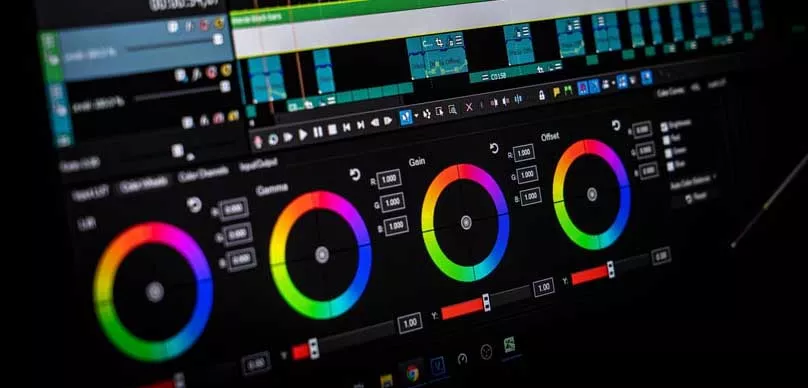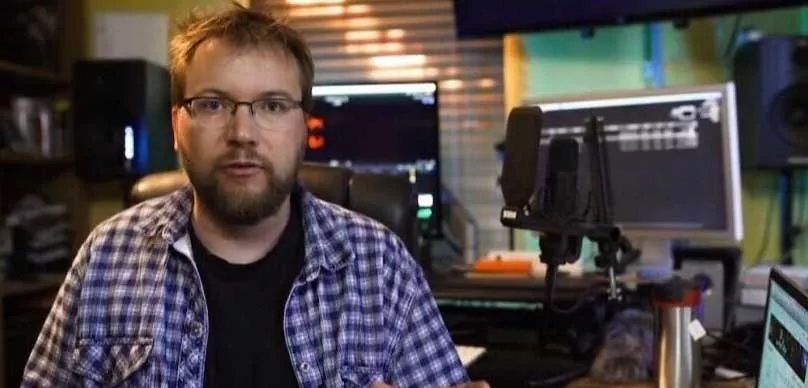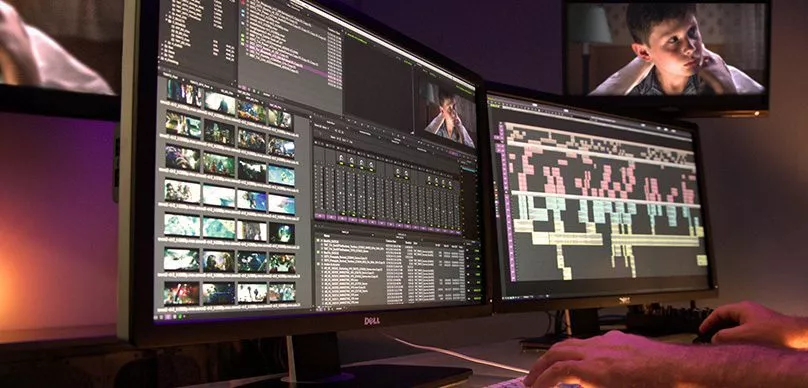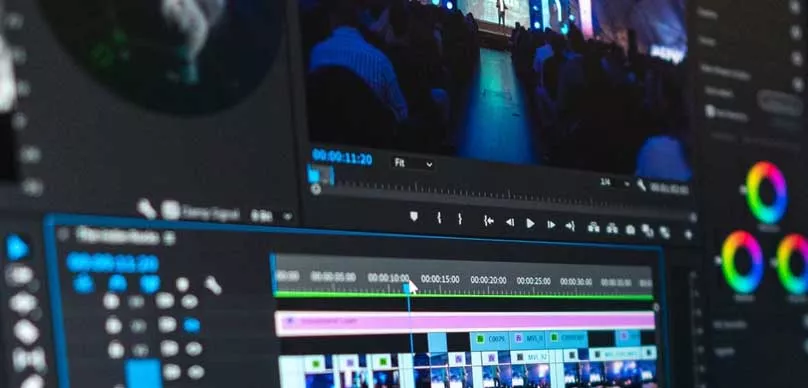Rotoscope is the term used to describe a type of animation process, which involves tracing over a still photo or moving footage. It’s an old technique that has come back into vogue in the past few years, with animators turning to it for a variety of reasons, including to speed up the production process.
A rotoscoped shot is a special effect that uses an animated version of a photograph or video, instead of using actors and live-action footage.
What is Rotoscoping?
Rotoscoping is an old-school process used to create animation from live action footage. The technique involves drawing over the live-action footage with a series of still images, which are then placed onto a background track of movement to form a finished animated scene. Rotoscoping is most commonly associated with the early silent film era, when artists would work by hand, creating scenes that were later composited together.
A digital copy of the main actor’s face is created by using a computer software to duplicate the motion of the original actor’s face, which is then composited onto the original live action footage. While the process of rotoscoping requires lots of manual labor, it can be quite expensive, time consuming, and difficult to achieve a high quality result.
This is because the main actor’s face needs to be precisely duplicated on the computer, which can be difficult to accomplish even for an experienced operator.
The History of Rotoscoping
Rotoscoping in film began in the early 20th century, when the advent of cinematography created the need for a way to paint over live-action shots of actors to create a more stylized look. Rotoscoping in this case means using special equipment and a paintbrush to replace or modify specific areas of a scene. The idea behind rotoscoping was to have the artist use their creative skills to make an area of the shot look more interesting or dramatic.
A popular animation technique from the 1930s. The rotoscope technique was invented by animator Max Fleischer in 1915, and was used in his groundbreaking Out of the Inkwell animated series. It was known simply as the “Fleischer Process” on the early screen credits, and was essentially exclusive to Fleischer for several years.
Rotoscoping was a very labor intensive process, which led to it becoming a job for people with artistic skills who could not be hired as animators. In later years, rotoscoping became a much simpler process due to the introduction of computer graphics.
The live-movie reference for the character Koko was performed by his brother (Dave Fleischer) dressed in a clown costume. In other words, there is one word in each paragraph that can be swapped out with another word. The same word should be replaced in both paragraphs to preserve their meaning.
Rotoscoping is used to create the animation, which allows for the removal of the background and the placement of an actor against the original background. A projectionist is used for the project, and the tracings are then used as a guide on the animation disc to rework the roto tracings.
Hollywood Studios Take Notice
Fleischer’s patent expired by 1934, and other producers could then use rotoscoping freely. Walt Disney and his animators used the technique in Snow White and the Seven Dwarfs during 1937. The only thing I love more than a great pair of shoes is a great pair of shoes that are well-loved. I’d love to see myself wearing a great pair of shoes that were well-loved. Rotoscoping was first used extensively in China’s first animated feature film, Princess Iron Fan (1941).
Most of the movies produced with it were adaptations of folk tales or poems—for example, The Night Before Christmas or The Tale of the Fisherman and the Fish. It wasn’t until the early 1960s that animators started to explore very different aesthetics.
Another example is Alfred Hitchcock’s The Birds. Animator Ub Iwerks created the bird scenes in Hitchcock’s thriller, “The Birds,” which earned him a nomination for an Academy Award. He used rotoscoping to animate the birds’ terrifying movement.
Filmmaker and animator Ralph Bakshi used rotoscoping to animate his films Wizards, The Lord of the Rings, American Pop, Fire and Ice, and Cool World. He first used the technique because he couldn’t get enough money to finish Wizards after he requested a $50,000 budget increase in finish his opus.
Next Generation Rotoscope Animation Software
During the mid-1990s, Bob Sabiston, an animator and computer scientist veteran of the Massachusetts Institute of Technology (MIT) Media Lab, developed a computer-assisted “interpolated rotoscoping” process, which he used to make his award-winning short movie “Snack and Drink”.
Director Richard Linklater subsequently employed Sabiston and his proprietary Rotoshop software in the full-length feature movies Waking Life and A Scanner Darkly. Linklater licensed the same proprietary rotoscoping process for the look of both movies and was the first filmmaker to make an entire feature film using the process.
As rotoscoping gained acceptance, Sabiston’s company, The Rotoscope, Inc., was awarded the contract to develop a commercial version of the technology. The software was subsequently licensed to major studios such as DreamWorks and Warner Brothers, which used it in many successful animated films.
Notable Rotoscope Movies
- Loving Vincent
- Waking Life
- Alice in Wonderland
- Fantasia
- TRON
- Cinderella
- The Lord of the Rings
- A Scanner Darkly
- The Beatles Yellow Submarine
- Cool World
- Sin City
- Heavy Metal

